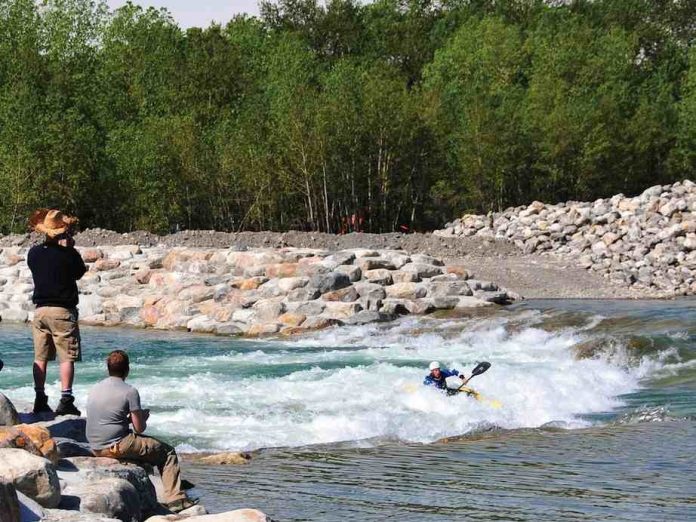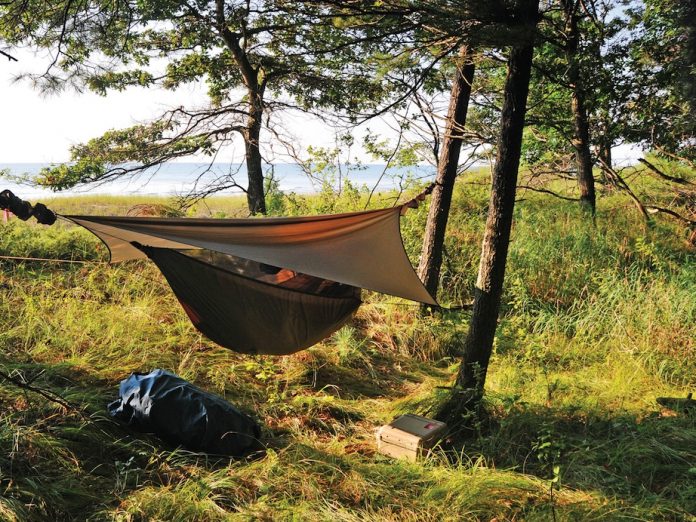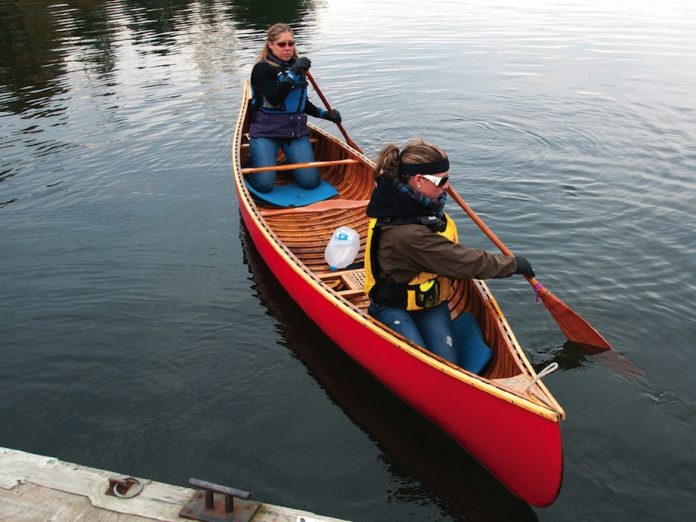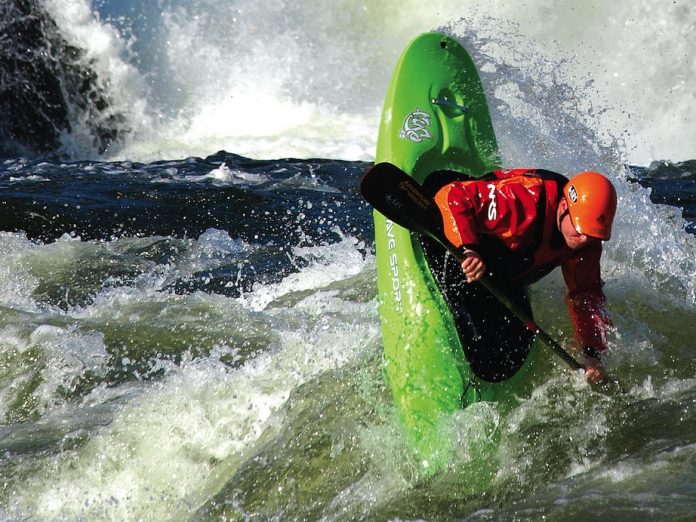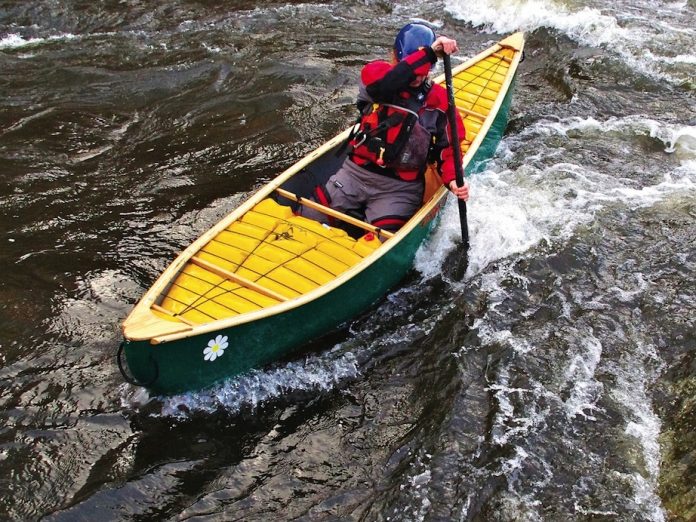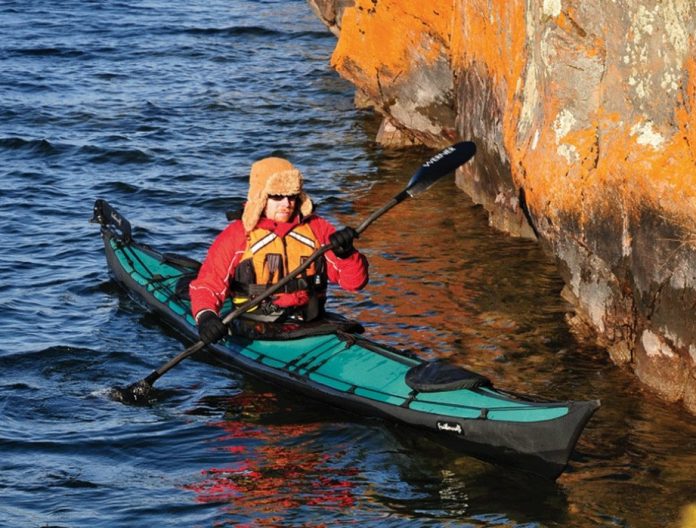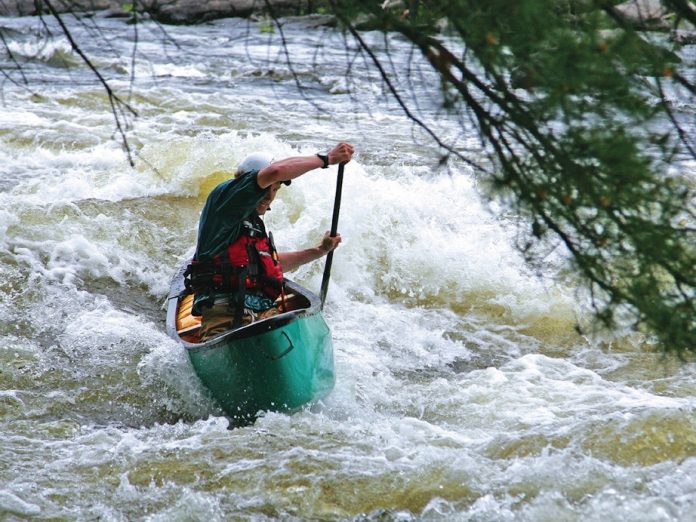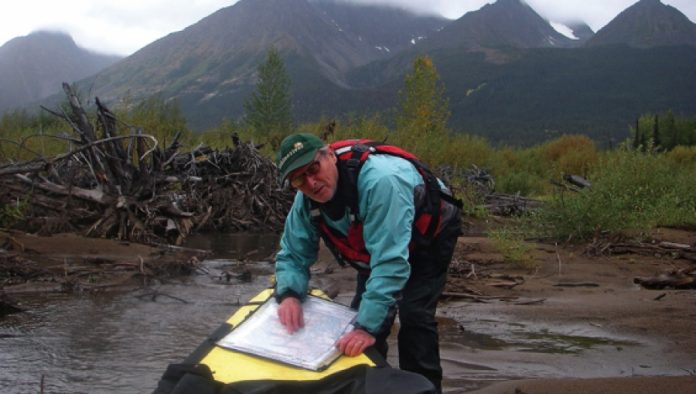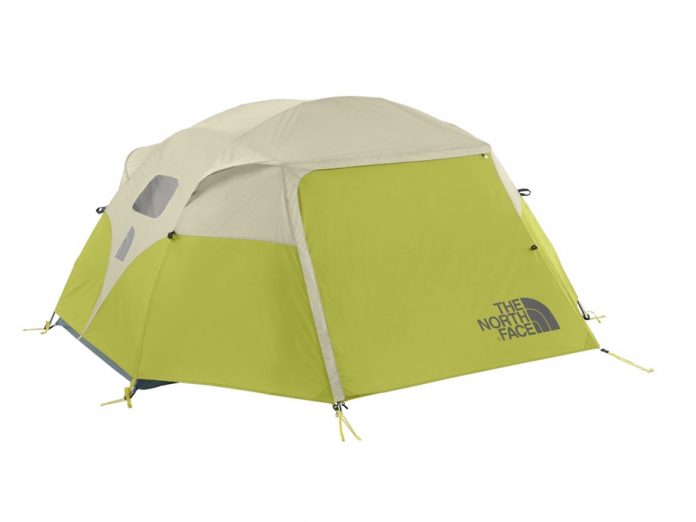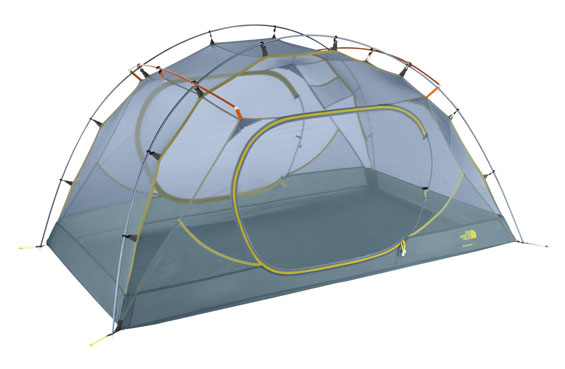These class III whitewater parks guarentee a good time and they’re close to major urban centers.
Riverfront Park
Charles City, IA
This brand new artificial whitewater playground opened up on a 1,200-foot section of Iowa’s Cedar River last July. The first of three features offers a glassy wave with an easily accessible foam pile great for surfing. The second is a more powerful hole ideal for practicing aerial moves. Front surf some more at the final feature, another freestyle-friendly wave. Easy eddy access from both river left and right make this well-designed park a top pick for playboaters. Ideal levels are between 800 and 4,000 cfs.
YOUR RIDE
Dagger Agent
SHUTTLE ROUTE
From the I35, take high- way 218 east into Charles City. Exit east onto Gilbert Street then turn left on Main Street. The park is just over the bridge on the left-hand side. There are many access points in the park as well as up- and downstream.
Harvie Passage
Calgary, AB
This project was undertaken to turn a deadly weir on the section of the Bow River near downtown Calgary into a navigable, more natural waterway. After over 10 years of planning and construction, the whitewater park is slated to open this spring. The reconstructed passage includes 12 features with an independent channel for novices. Testing is under- way to determine ideal water levels for running and surfing the series of man-made holes, foam piles and waves that will make up Canada’s biggest fabricated whitewater park.
YOUR RiDE
Liquidlogic Freeride
SHUTTLE ROUTE
Harvie Passage is located between the 17th Avenue and 12th Street Bridges. At press time, construction was ongoing and surrounding parking and access facilities were yet to be established. Check www.parksfdn.com for up-to-date information.
Casper Whitewater Park
North Platte River, WY
Inaugurated in 2003, this section of the Platte River Parkway is made up of four artificial rock structures. Normal levels flow between 500 to 3,000 cfs. Find optimal surf conditions when the gauge reads on the high side, anytime from early spring until late fall. The run starts with a clean surf wave followed by a hole, a gradual drop and wave train, and finally another hole. Use this park as a warm up for one of the many nearby runs the North Platte River has to offer.
YOUR RIDE
Pyranha Loki
SHUTTLE ROUTE
Exit the I25 south on North Poplar Street. Hang a right onto West First Street and look for the park on the left- hand side.
This article originally appeared in Rapid, Spring 2012. Download our free iPad/iPhone/iPod Touch App or Android App or read it here.



